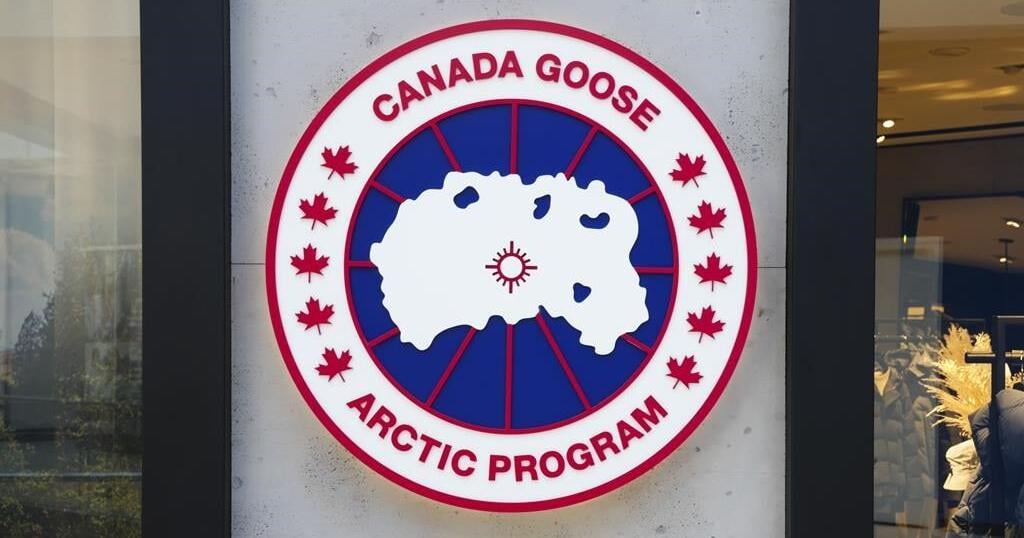By Pratima Desai
LONDON (Reuters) – Tesla is in discussions with Canadian miner Giga Metals about helping to develop a large mine that would give the electric carmaker access to low carbon nickel for its batteries, three sources familiar with the matter said.
Alongside its goal to reduce pollution from driving, Tesla is also striving to reduce its own carbon footprint.
“Tesla will give you a giant contract for a long period of time if you mine nickel efficiently and in an environmentally sensitive way,” CEO Elon Musk said in July.
Giga Metals’s <GIGA.V> low carbon nickel plans include turning waste from its mining operations into cement type rock using carbon dioxide in the atmosphere, and using hydropower.
Giga Metals’s President Martin Vydra declined to comment on any talks with Tesla, but said: “Giga is actively engaged, and has been for some time, with automakers regarding our ability to produce carbon neutral nickel.
“The cost of developing our project, excluding bringing hydroelectric power to the site, will be less than $1 billion.”
Tesla did not respond to requests for comment.
Used to store energy in batteries, nickel is expected to see a surge in demand over coming years as governments, companies and consumers seek to cut noxious fumes emitted by fossil-fuelled vehicles.
Forecasts from Benchmark Mineral Intelligence suggest nickel demand for batteries will rise to 1.4 million tonnes in 2030, or 30% of total nickel demand, from around 139,000 tonnes and 6% respectively this year, as sales of electric vehicles soar.
The problem for Tesla and other automakers is that most of the world’s new nickel production will come from Indonesia, where the process would involve disposing mining waste into the ocean, a major concern for environmentalists.
Giga Metals’s Turnagain mine in British Columbia has measured and indicated resources of 2.36 million tonnes of nickel and 141,000 tonnes of cobalt, according to its website.
Canada produced 180,000 tonnes of nickel last year.
NEUTRALISING EMISSIONS
Giga plans to produce 40,000 tonnes of nickel and 2,000 tonnes of cobalt a year for 20 years. That would be enough to power thousands of electric vehicles.
“The mine is in North America, so could secure supplies for Tesla’s Nevada Gigafactory,” one source said, adding Canada’s environmental regulations were among the most stringent in the world.
Tesla could provide financing, possibly in exchange for equity, nickel and cobalt. It could agree to buy the nickel and cobalt, which would attract financing from others, the source added.
Any deal would be for the life of the mine, which could be for up to 40 years, the sources said.
Tesla’s current capacity is 490,000 electric vehicles in the United States and 200,000 in Shanghai, according to its website, which with its expansion plans will require vast amounts of battery materials in the future from many sources.
The Financial Times recently reported that Tesla had agreed to buy cobalt https://www.ft.com/content/aa09dbcb-37ed-4010-a0ee-ab6cfab4d4b5 from commodity trader and miner Glencore <GLEN.L>.
The sources said Giga Metals had also discussed the possibility of a deal with other automakers including Germany’s BMW <BMWG.DE> and Mercedes, a subsidiary of Daimler <DAIGn.DE>.
Daimler said: “we do not comment on supplier relationships for competitive reasons,” while BMW said: “we generally do not comment on suppliers we might hire in the future”.
The Turnagain deposit, at around a billion years old, is relatively young and clean of impurities, which would mean high recoveries of nickel and cobalt.
Giga has access to hydroelectric power in British Columbia, but producing metal creates carbon emissions as it involves using diesel-fuelled machinery, trucks, heating buildings and blasting hard rock.
However, the company is working on a process that would allow the tailings, or waste rock, to absorb carbon dioxide in the atmosphere and turn it into cement type rock, the sources said.
“Mining and processing the ore at Turnagain is likely to generate up to 28,000 tonnes of carbon dioxide a year,” the second source said. “The tailings could absorb up to a similar tonnage of carbon, neutralising emissions from the mine.”
(Reporting by Pratima Desai; Editing by Veronica Brown and Mark Potter)































